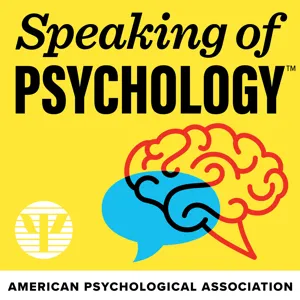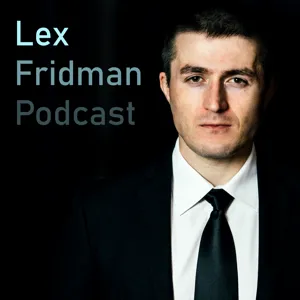How grieving changes the brain, with Mary-Frances O’Connor, PhD

Few of us will make it through life without losing someone we love. Mary-Frances O’Connor, PhD, of the University of Arizona, discusses howneuroscience can help us to better understand grief and resilience after loss, why grief is different from depression, effective therapy for grief, whether it’s possible to experience grief over the death of a celebrity, and how to support people when they are grieving.
Links
Mary-Frances O’Connor, PhD
Speaking of Psychology Homepage


